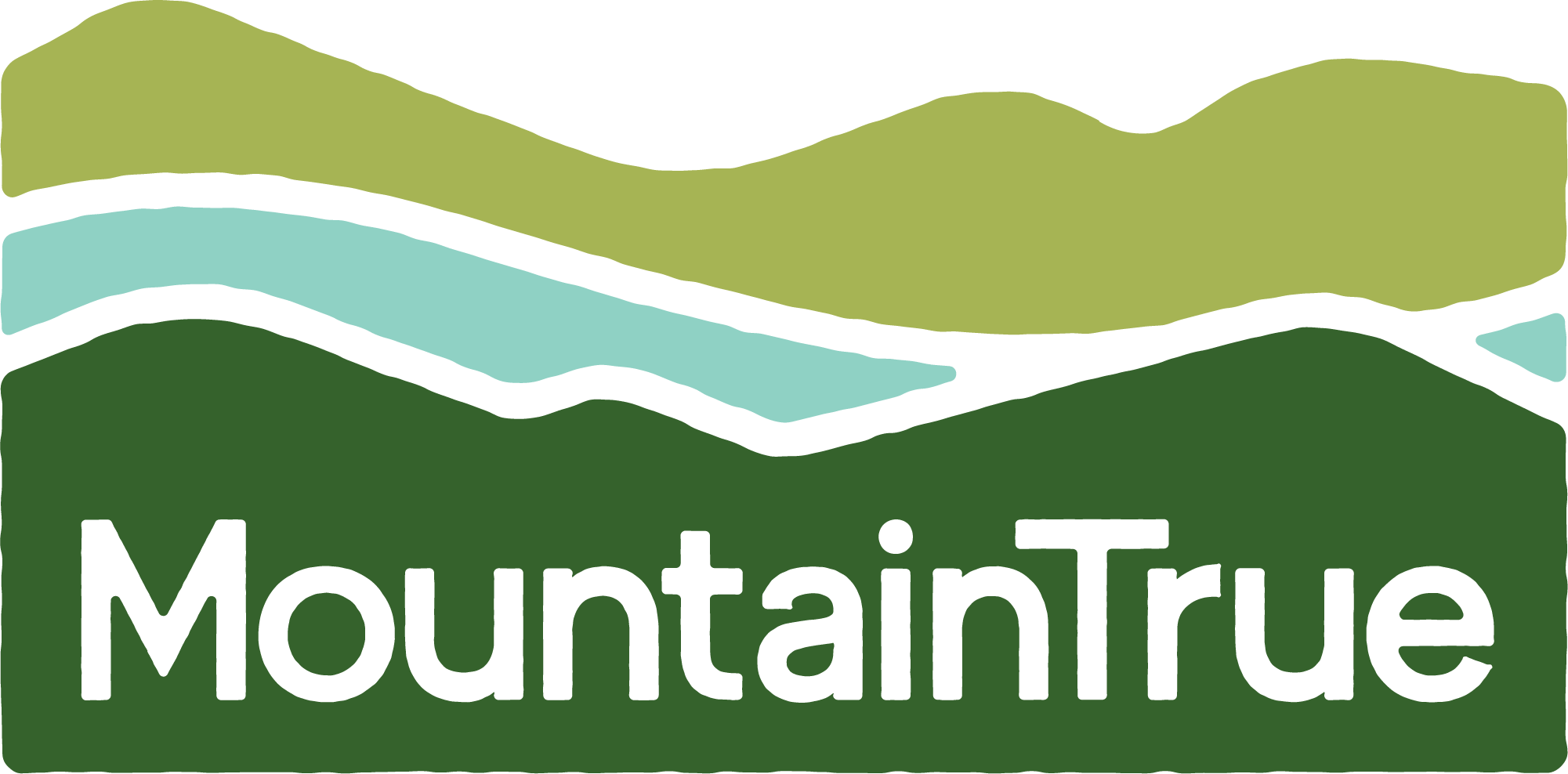 During the 2013 legislative session, the General Assembly passed a bill overhauling how the state prioritizes and funds transportation projects. There are now three pots of funding – state, regional, and local – each with a different set of criteria for determining how projects will be prioritized and funded.
During the 2013 legislative session, the General Assembly passed a bill overhauling how the state prioritizes and funds transportation projects. There are now three pots of funding – state, regional, and local – each with a different set of criteria for determining how projects will be prioritized and funded.
Early this year, NC DOT will be prioritizing those projects in the state funding pot and, as part of that process, is holding hearings around the state to hear from citizens what projects they believe are most important. Included in this statewide category are interstate projects of statewide significance, including the I-26 Connector.
Please attend the hearing from 4-7 p.m. Feb. 11 in the Haynes Building, AB Tech, Enka Campus
If you can’t attend, you can still comment by submitting a Comment Form, which can be found here. (Scroll down to Division 13.)
Tell DOT what you think about transportation generally, where state dollars ought to be invested, and what you want to see in the I-26 Connector Project specifically. Here are some talking points you may use:
- More investment of state dollars in multiple modes of transportation. From the recent GroWNC regional planning process, we know that citizens want increased investment in modes of transportation other than just vehicles – greenways, bike paths, commuter trails, transit, sidewalks. The new state funding program actually cuts the amount of state dollars going toward these modes, which takes us in the wrong direction for our health, our communities, and our environment.
- Look for low-cost but effective solutions. Cost is a large factor in the new prioritization program, and projects that are cost effective will score the best. Projects in this region continue to be larger and more expensive than they need to be (i.e. Leicester Highway and I-26) because DOT refuses to consider more context-sensitive, low cost alternatives. DOT should enable projects here to score better by looking at lower cost solutions.
- The I-26 Connector Project should minimize destruction of neighborhoods, homes, and businesses and should match the character of Asheville. NCDOT and the Federal Highway Administration are still insisting on 10 lanes through West Asheville and six lanes of interstate traffic across the river. This is too large a footprint for a road that handles mostly local, not interstate traffic, and in light of state and national data showing people are driving less and less each year. DOT should consider a smaller footprint, and therefore a smaller price tag, which will help the project score better. A smaller footprint might also reduce opposition to the project because fewer homes and businesses will be lost.
- The I-26 Connector Project should result in safe travel for both interstate and local traffic. While there may be other options to achieve this, the best way to improve safety on the Jeff Bowen Bridges is to return Patton Avenue to a local street, as contemplated in Asheville’s long range plan. This will improve opportunities for bike and pedestrian commuters to downtown and will increase the tax base for the City of Asheville by opening up new opportunities for urban, mixed-use development.
- The I-26 Connector Project should improve connections for all transportation modes. This cannot be just an investment for vehicles. Asheville has invested tremendously in its bike and pedestrian infrastructure recently and wants to do even more. The City recently amended its Greenway plan to include several greenway segments that should be advanced as part of this project. Also, the more infrastructure there is for bikes and pedestrians the more those modes will be used and the less local traffic there will be on our roads, including I-26/I-240.
